I have learn that the FET looks like this:
However industrial FETs are not built like that.The source and the substrate have common potential.However if the source and substrate have common potential that means the conductive channel formed is not wide enough to connect the source with the drain there is a gap between the n type channel formed and the source.So how does it really work?

